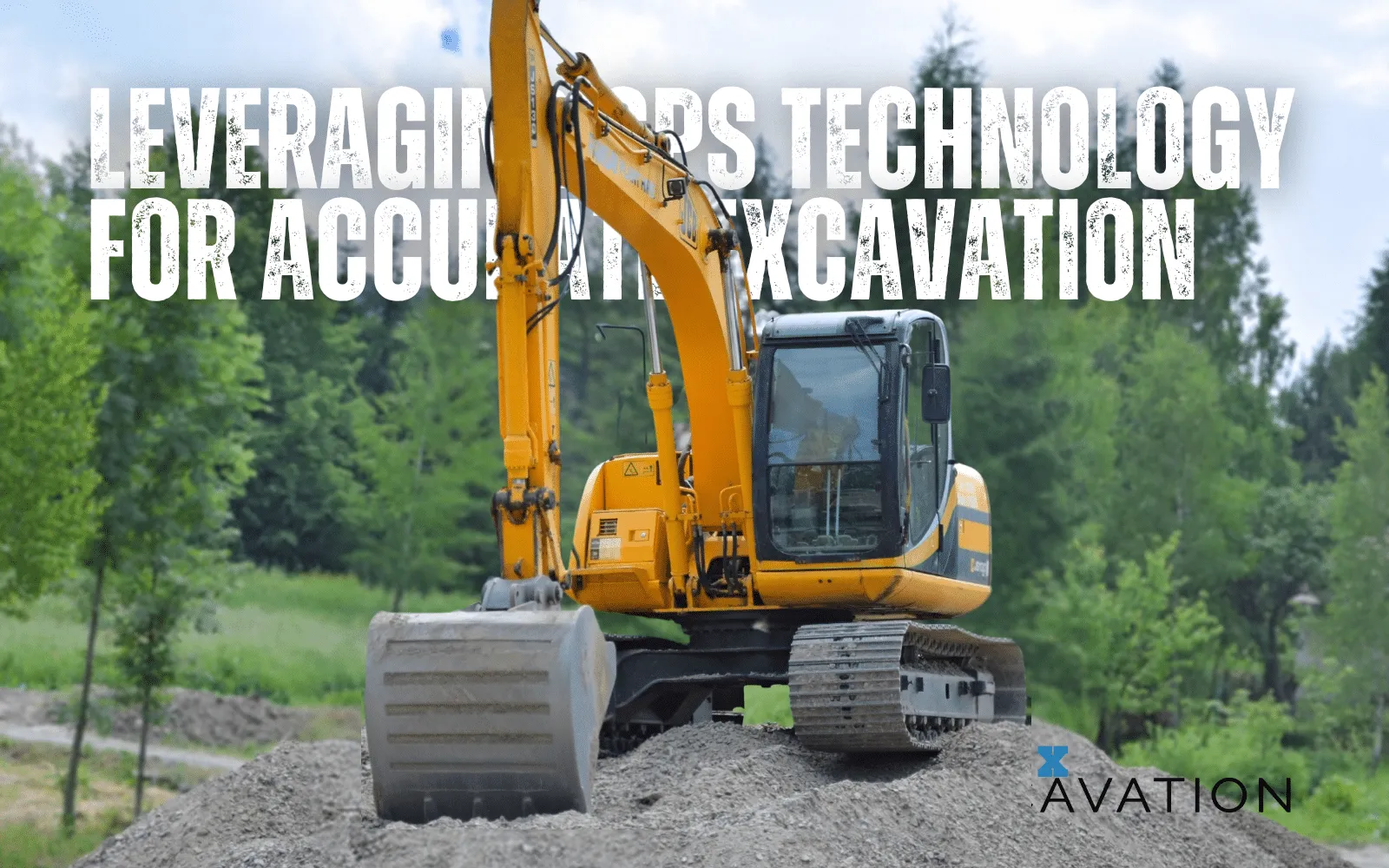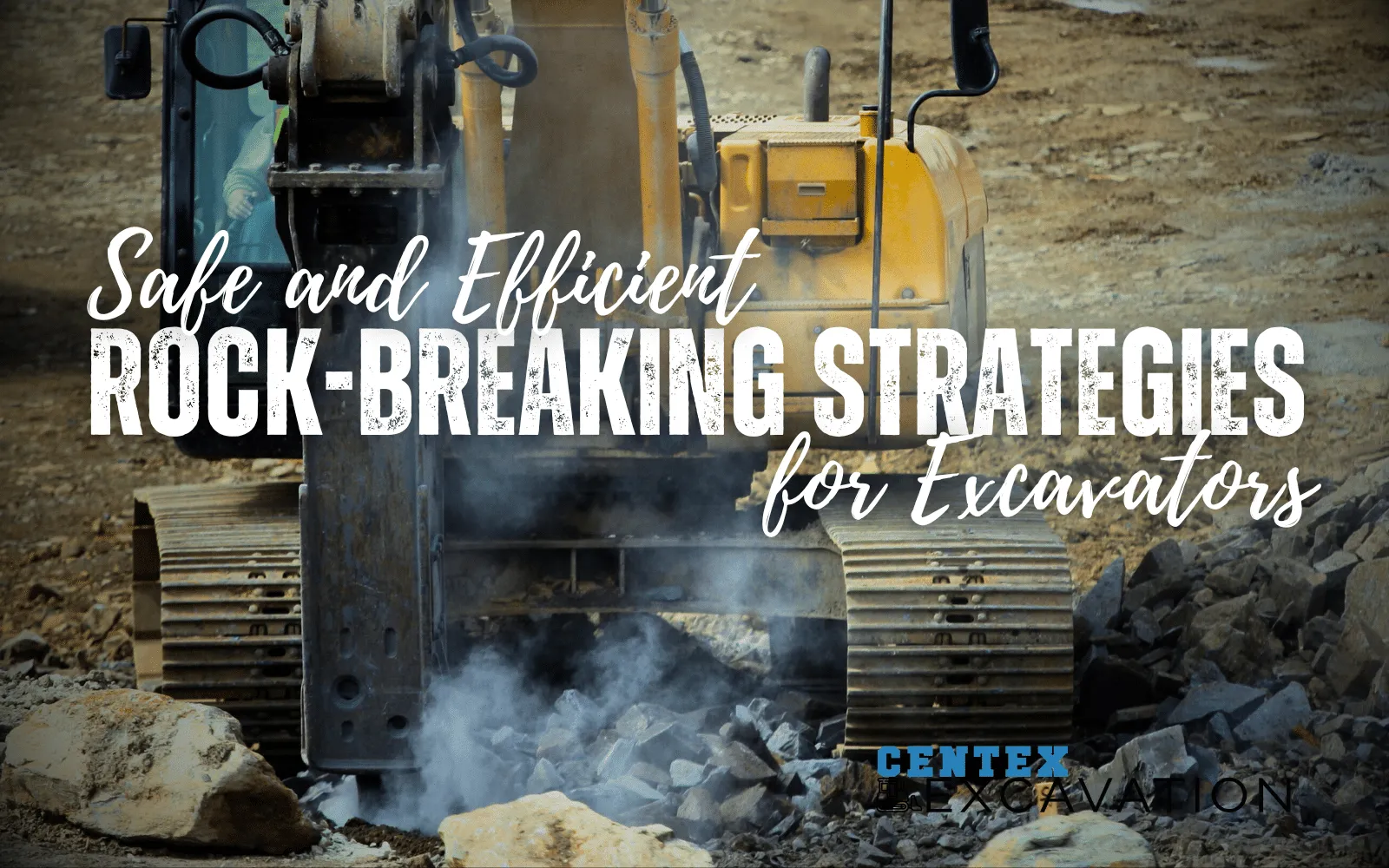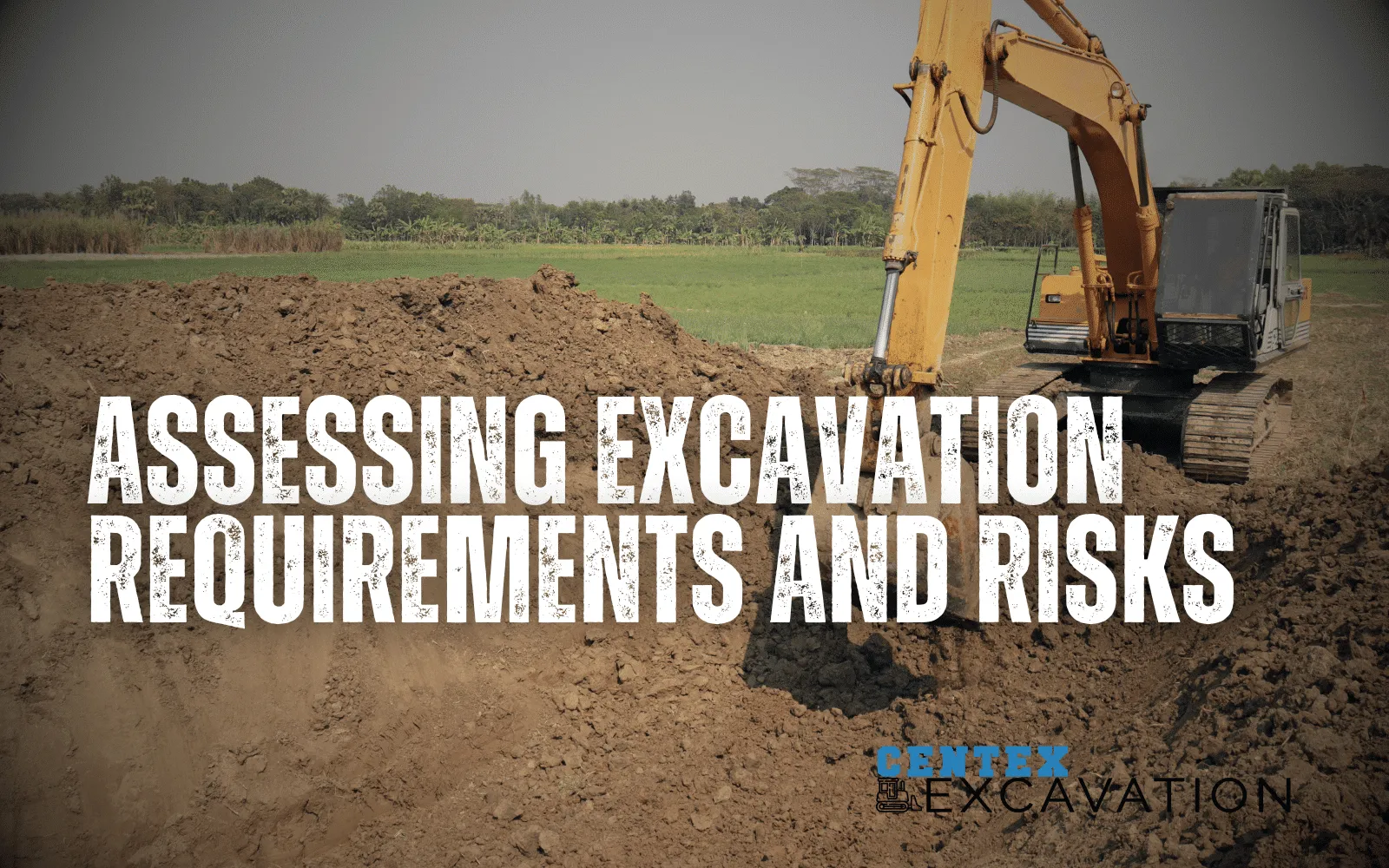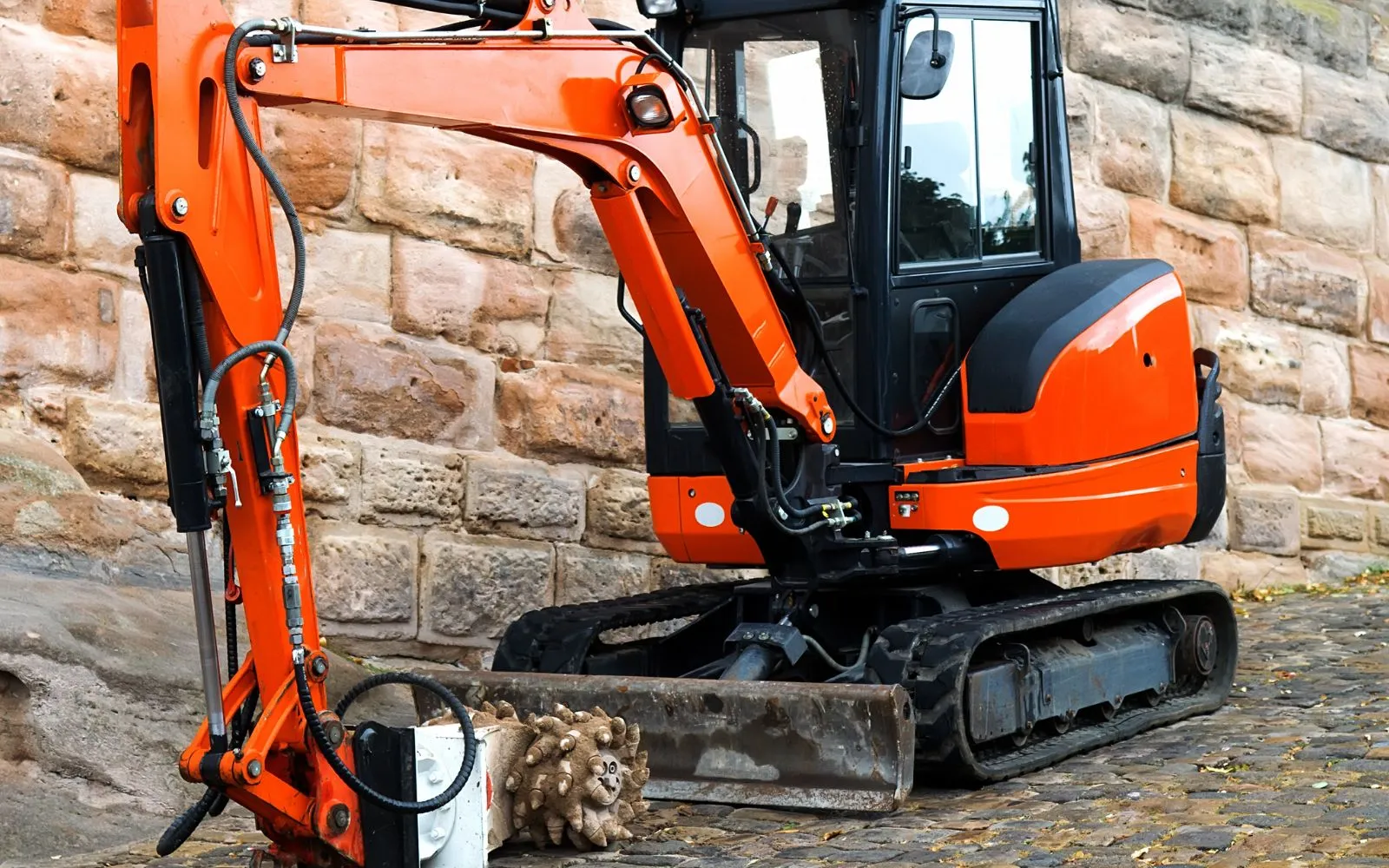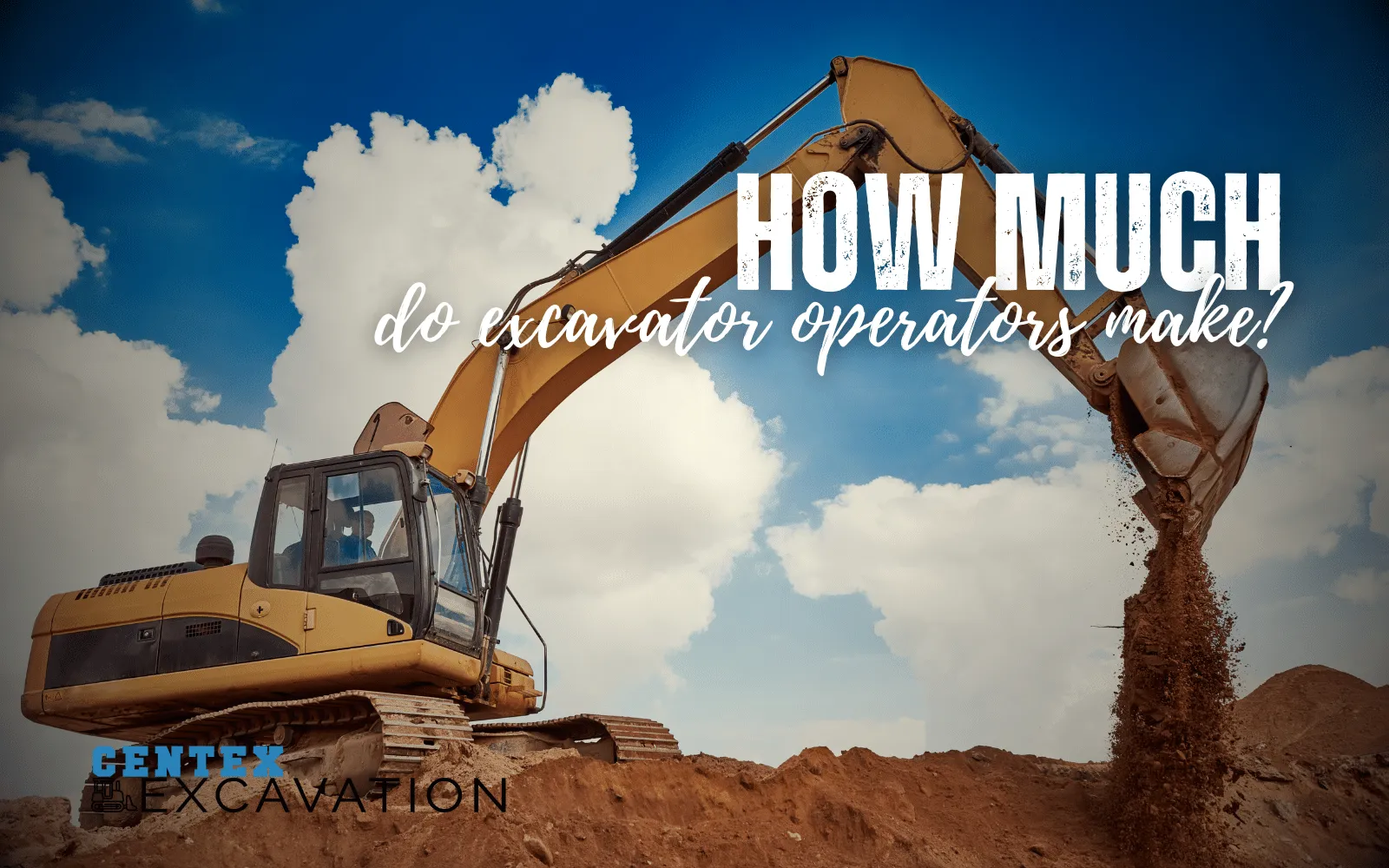Advanced Techniques in Slope Stabilization During Excavation

- Importance of Slope Stabilization: Slope stabilization is crucial for ensuring safety, maintaining structural integrity, and protecting the environment during and after excavation projects. It involves methods to prevent landslides and soil erosion, which are vital for the longevity and reliability of construction efforts.
- Advanced Techniques for Stability: Key techniques include soil nailing for urban spaces, use of geosynthetic materials for versatile support, anchoring systems for substantial resistance, terracing and benching for erosion control, and retaining walls for physical barriers against soil movement.
- Best Practices for Implementation: Effective slope stabilization requires thorough site assessments, selecting methods that match the project’s lifespan, collaboration with geotechnical engineers, and regular monitoring and maintenance.
The stability of slopes during excavation can make or break a project. Slope stabilization is not just a matter of safety; it's a critical component in ensuring the longevity and reliability of any construction effort that involves altering natural landscapes or creating new structures.
But why is it so important, and how can modern techniques ensure that slopes remain secure? We’re going to cover everything you need to know to be an expert on slope stabilization.
Understanding slope stabilization.
At its core, slope stabilization refers to the array of methods used to prevent landslides, soil erosion, and other forms of slope failure during and after excavation.
This process is essential for a number of reasons—
- Safety. First and foremost, stabilizing slopes protects workers and the public from potentially catastrophic failures. Even after the project, ensuring the earth is suitable for inhabitation is critical.
- Structural integrity. Ensuring that slopes are stable supports the foundational aspects of construction projects, preventing future issues like subsidence. There are a few other components that go into this such as soil composition which we discussed previously, but for now, we’re focusing on slope stabilization.
- Environmental protection. Proper slope stabilization minimizes the environmental impact of construction, preserving surrounding ecosystems and preventing excessive runoff. Depending on where you’re operating, there may be regulations for slopes for this very reason.
Any professional that has been in the excavation industry for a while completely understand why this aspect of the project is critical.
Why slope stabilization is essential.
Slope stabilization goes beyond merely keeping the earth in place. It's about ensuring that every construction project starts on solid ground—literally.
In the absence of effective stabilization, slopes can succumb to the forces of gravity and weather, leading to landslides that can destroy property, harm ecosystems, and even cost lives.
From a business perspective, the financial repercussions of slope failure, in terms of both remediation costs and potential legal liabilities, can be astronomical.
Advanced techniques for slope stabilization.
When it comes to stabilizing slopes, the construction industry has developed a variety of innovative methods to tackle the challenge. An engineer with the education and experience in stabilizing slopes would be best suited for determining the best course of action given your current circumstances. We like to hire an independent third-party engineering firm to do the analysis for us — it’s that big of a deal.
Here are some of the most effective techniques currently in use.
Soil nailing.

Soil nailing involves inserting long, slender rods (nails) into a slope to increase its stability. This method is particularly useful in tight spaces or urban areas where traditional excavation methods may not be feasible.
Benefits of this approach—
- Efficient for urban projects. Ideal for areas with limited space.
- Cost-effective. Less expensive than some other stabilization methods.
Geosynthetic materials.

The use of geosynthetic materials, such as geotextiles and geomembranes, has become a cornerstone in modern slope stabilization. These materials provide additional strength and support to soil, helping to prevent erosion and landslides. Despite the benefits of these materials, they can be costlier than other approaches.
Benefits of this approach—
- Versatile. Can be used in a variety of soil types and project scales.
- Environmentally friendly. Often made from recycled materials.
Anchoring systems.
Anchors can be used to provide additional support to slopes, especially in situations where there's a risk of significant movement. These systems can be temporary or permanent, depending on the project's needs.
Benefits of this approach—
- Highly customizable. Can be adapted to specific project requirements.
- Strong support. Offers substantial resistance to slope movement.
Terracing and benching.
Creating terraces or benches on a slope can reduce its steepness, effectively minimizing the risk of soil movement. This ancient technique, modernized with new materials and methods, is especially effective in large-scale landscaping or construction projects.
Benefits of this approach—
- Dual purpose. Serves both a functional and aesthetic role.
- Erosion control. Reduces water runoff and soil erosion.
Retaining walls.

Retaining walls are among the most visible and commonly used methods of slope stabilization. They provide a physical barrier to soil movement, while also offering aesthetic design options.
Benefits of this approach—
- Flexible design options. Can be constructed from various materials to match project aesthetics.
- Effective in varied environments. Suitable for both dry and wet conditions.
Tips for successful slope stabilization.
Implementing advanced slope stabilization techniques requires careful planning and execution.
Here are some tips we’ve learned over the years to ensure success—
- Conduct thorough site assessments. Understand the soil composition, water drainage patterns, and slope dynamics before choosing a stabilization method.
- Consider the project's lifespan. Select a technique that matches the expected duration of the project—temporary solutions for short-term projects, durable methods for long-term stability.
- Work with specialists. Slope stabilization is a specialized field. Collaborate with geotechnical engineers and other experts to design and implement the most effective solutions.
- Monitor and maintain. Even the best-stabilized slopes can experience changes over time. Regular monitoring and maintenance are essential to ensure ongoing stability.
- Prioritize sustainability. Whenever possible, choose methods that minimize environmental impact and promote sustainability.
Putting those stabilization tips to work for you will ensure that your project goes off without a hitch.
Stay safe and start stabilizing the slope!
Slope stabilization during excavation is a critical aspect of modern construction, ensuring safety, environmental protection, and the structural integrity of projects.
By employing advanced techniques and following best practices, construction professionals can effectively manage the risks associated with slope instability.
The key to success lies in thorough planning, expert collaboration, and a commitment to sustainability. With these principles in mind, slope stabilization not only becomes manageable but also contributes to the overall success and longevity of construction projects.


